Description
Sale is for one cutting with roots with 3+ leaves
Water poppies (Hydrocleys nymphoides) are delightful aquatic plants that can add beauty and vibrancy to both aquariums and ponds. Let’s explore how to care for them in each setting:
1. In an Aquarium:
- Suitability:
- Water poppies are not commonly recommended for aquariums due to their large floating leaves. However, if you have a paludarium (a half-water, half-land setup), they can be a suitable choice.
- Their unique appearance and yellow flowers with purple centers make them an interesting addition.
- Planting and Placement:
- Choose a location that receives direct light since water poppies require it to thrive.
- Bare-root water poppy plants can be submerged and planted directly into the soil at the bottom of the aquarium or placed in pots with soil that can be sunk into the water.
- Maintenance:
- Since water poppies bloom continuously, you won’t need to worry about removing dead flowers.
- Regularly check for any signs of overgrowth or crowding, especially if you have other plants in the aquarium.
2. In a Pond:
- Planting Depth and Soil:
- Water poppies should be planted in rich soil along pond margins or in shallow fresh water.
- They prefer a water depth of less than 15 cm (6 inches) but can survive in depths up to 40 cm (16 inches).
- Plant them directly on the pond bottom or use containers filled with wet loam (a fertile mud composed of sand, silt, and clay).
- Sunlight and Growth:
- Water poppies thrive in direct sunlight and warm weather.
- They can grow up to 30 cm (12 inches) tall, with much of their size coming from horizontal spread.
- Abundant flowers per cluster ensure their beauty continues throughout the summer.
- Hardiness:
- Water poppies are hardy and can tolerate regions with extreme minimum winter temperatures (USDA zones 9-11).
- For cooler areas, consider indoor overwintering in shallow tubs.
Remember to monitor their growth and adjust their placement as needed. Water poppies may not be toxic, but their rapid growth and web-like stem structure can potentially cause issues in natural waterways if not managed properly.

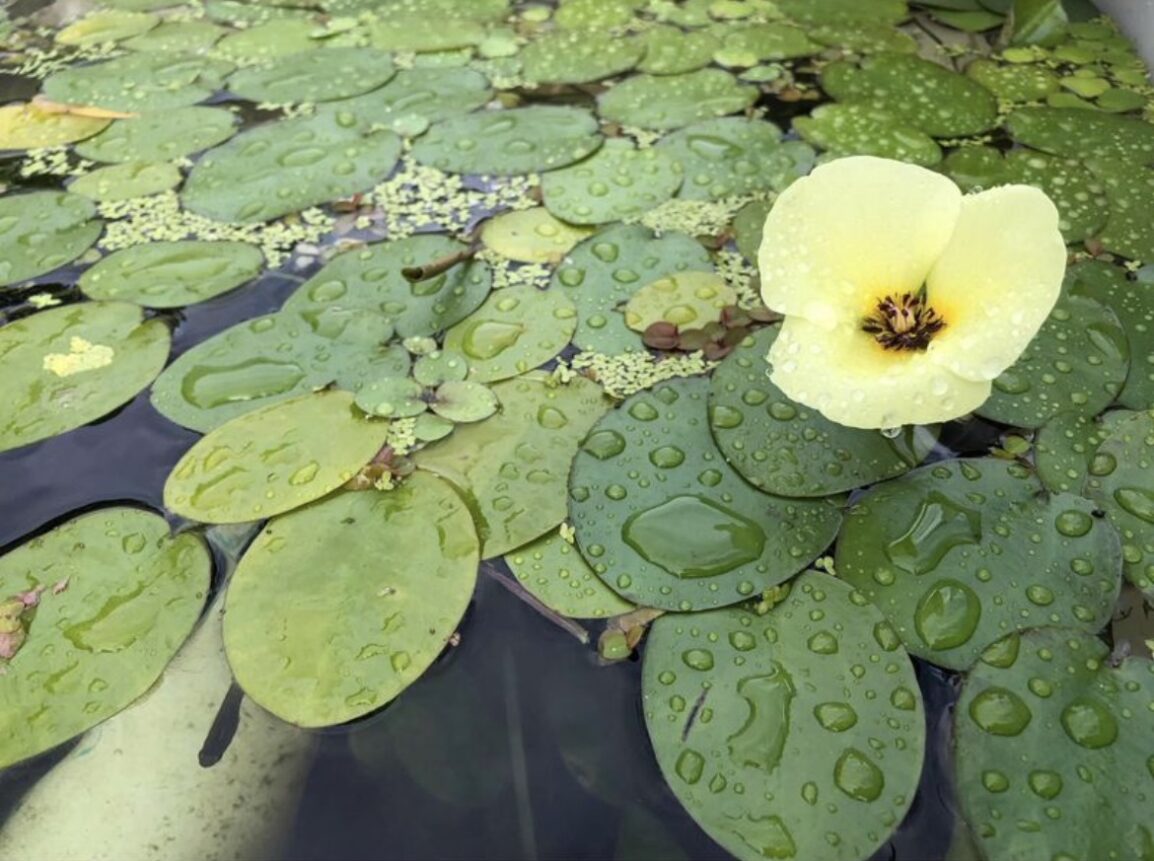
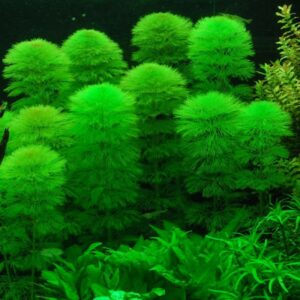
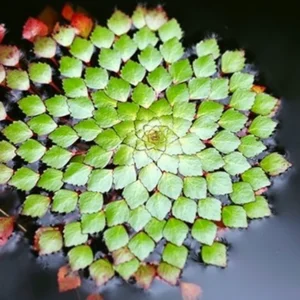
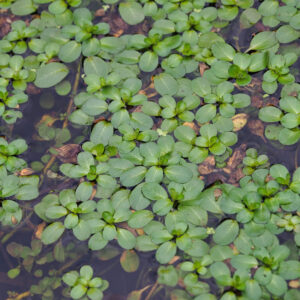
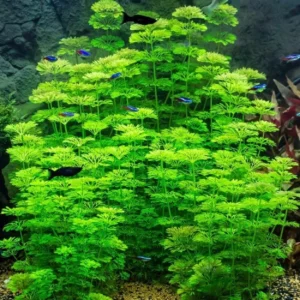
Reviews
There are no reviews yet.